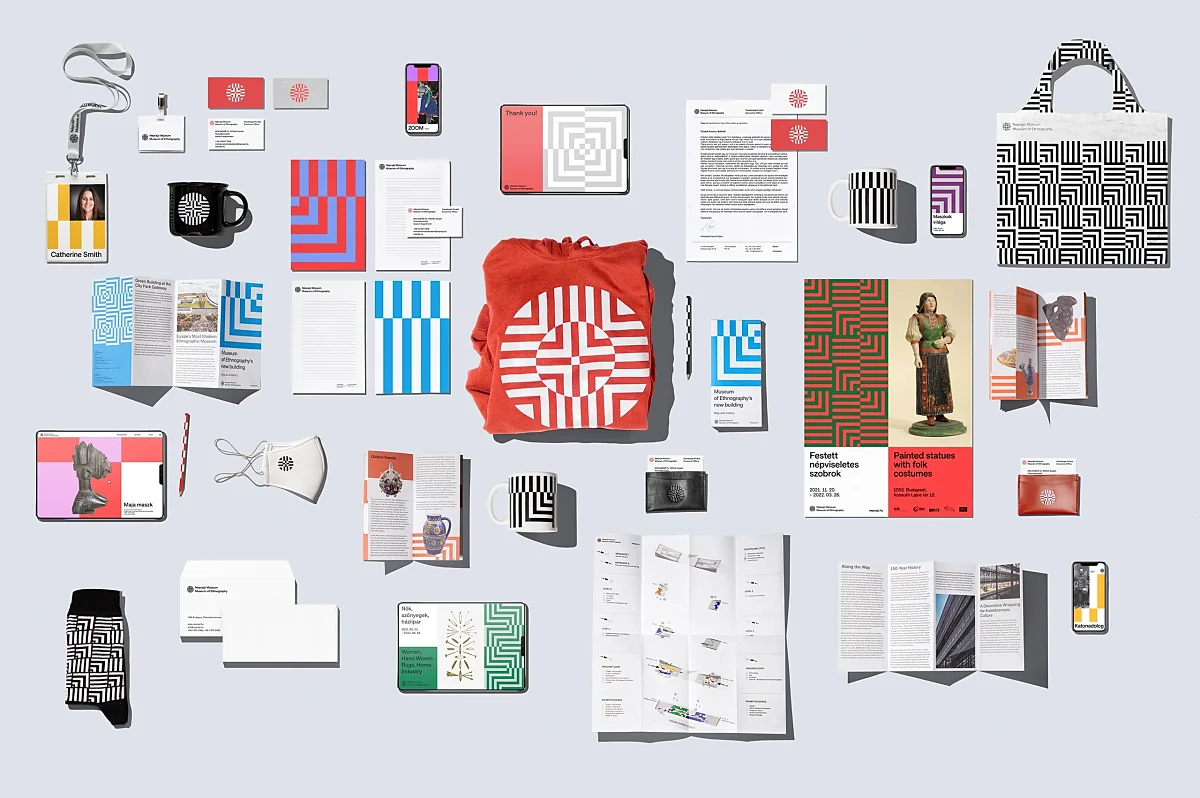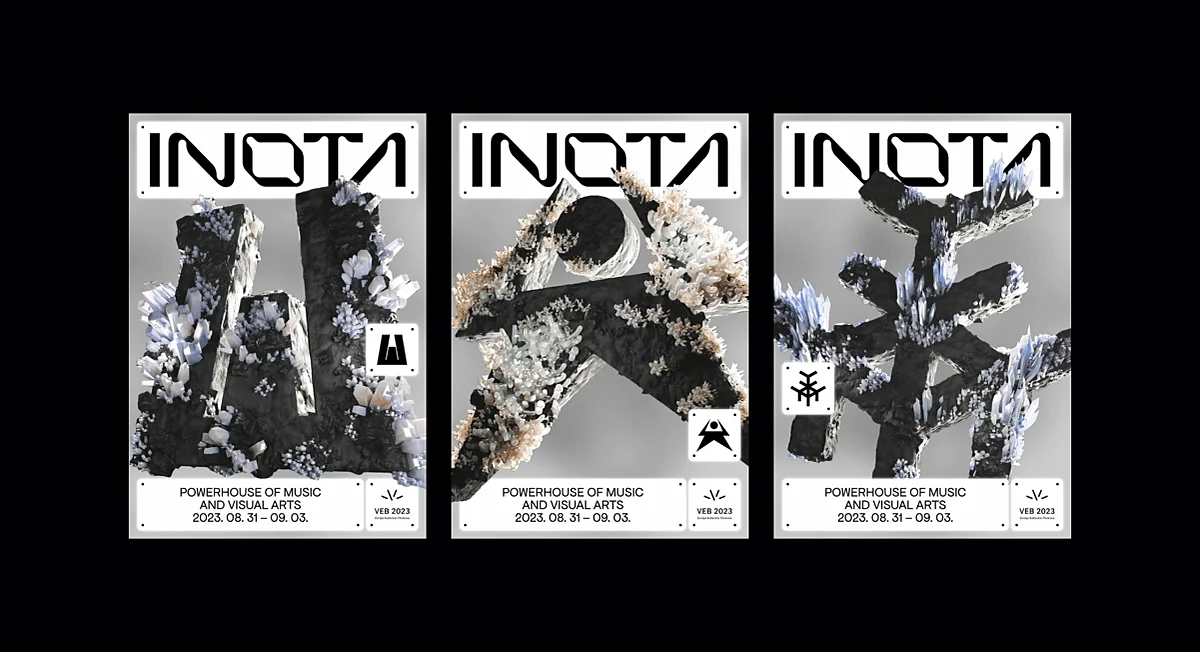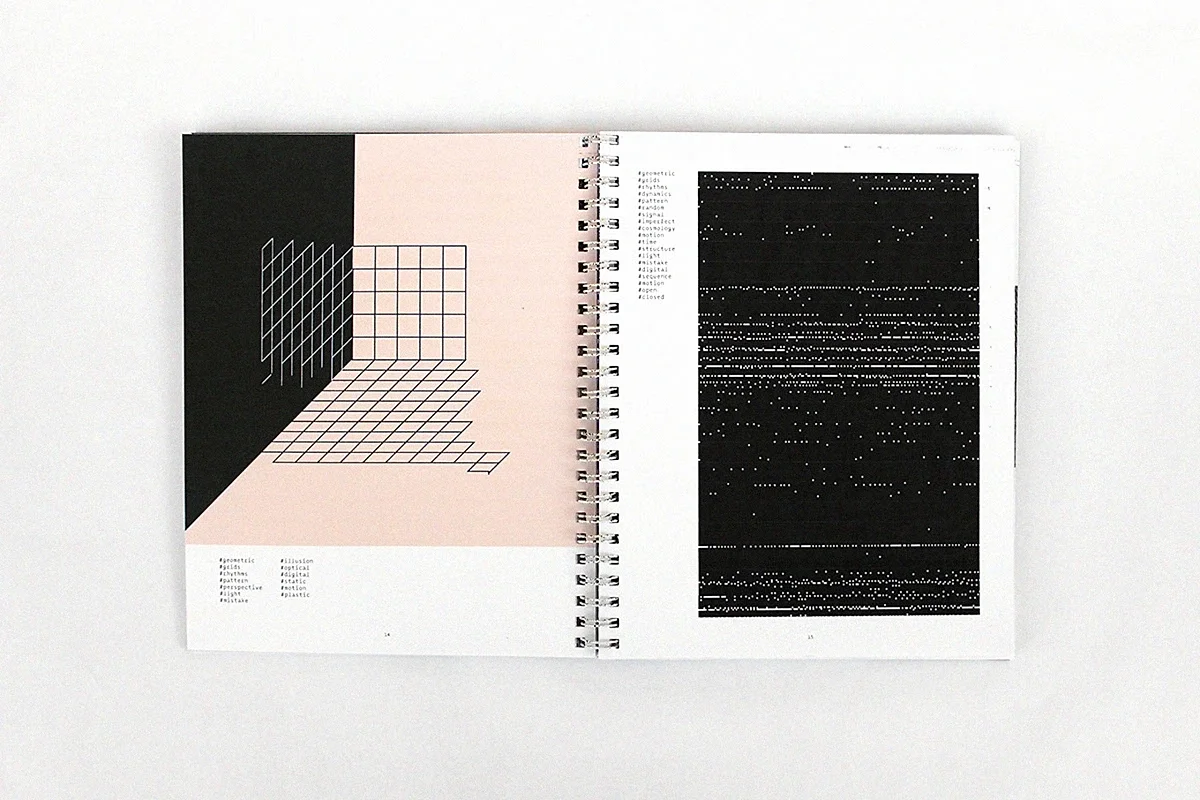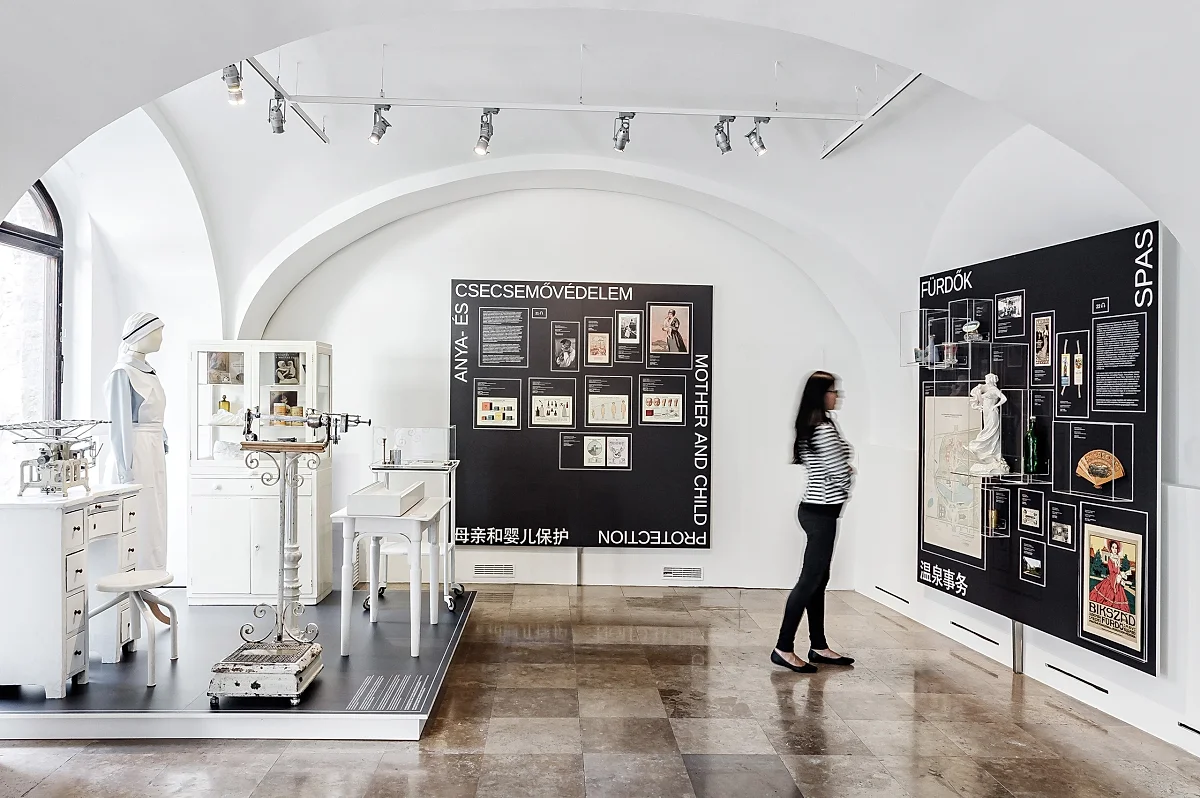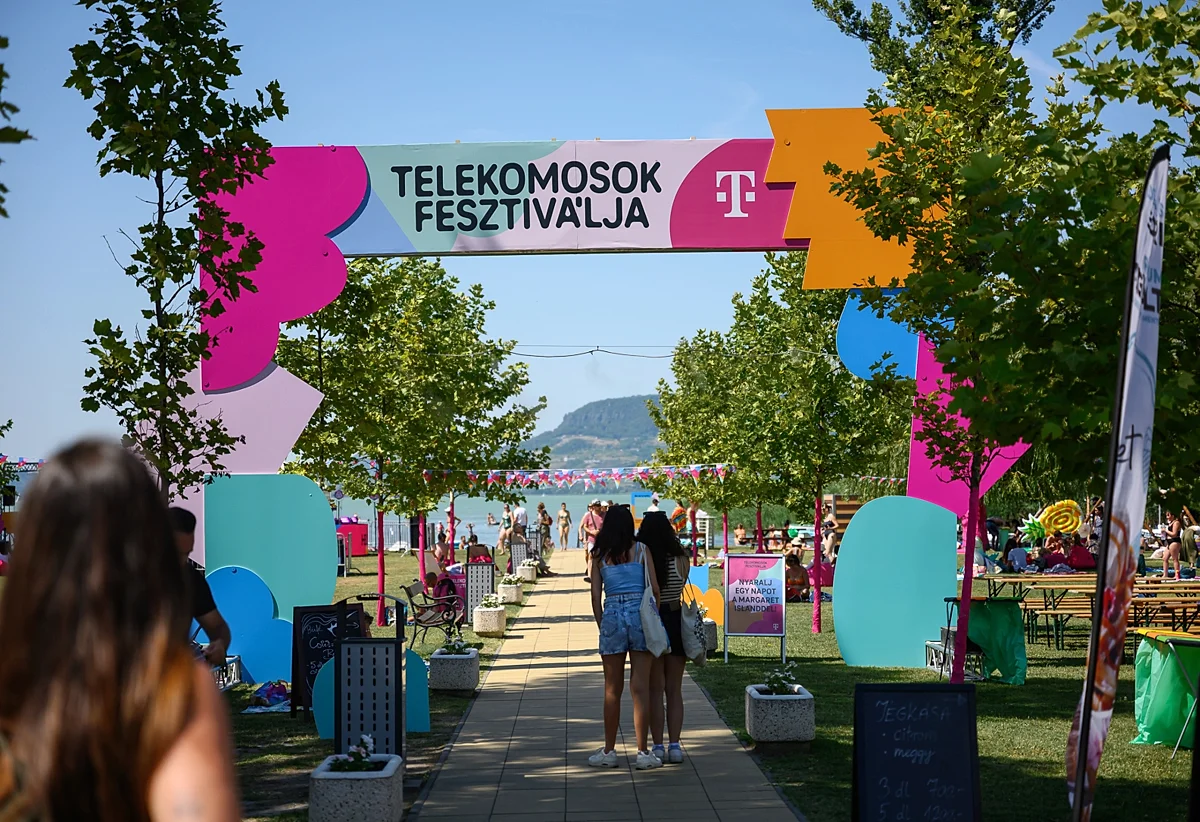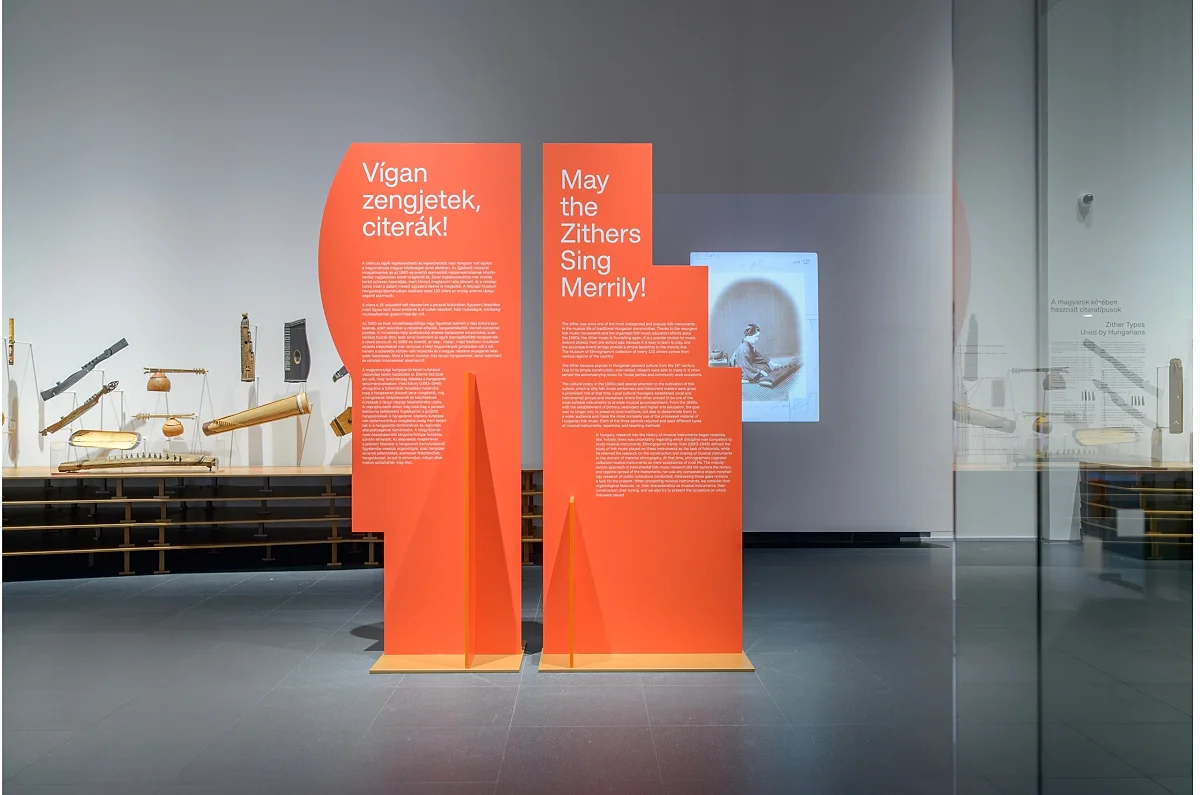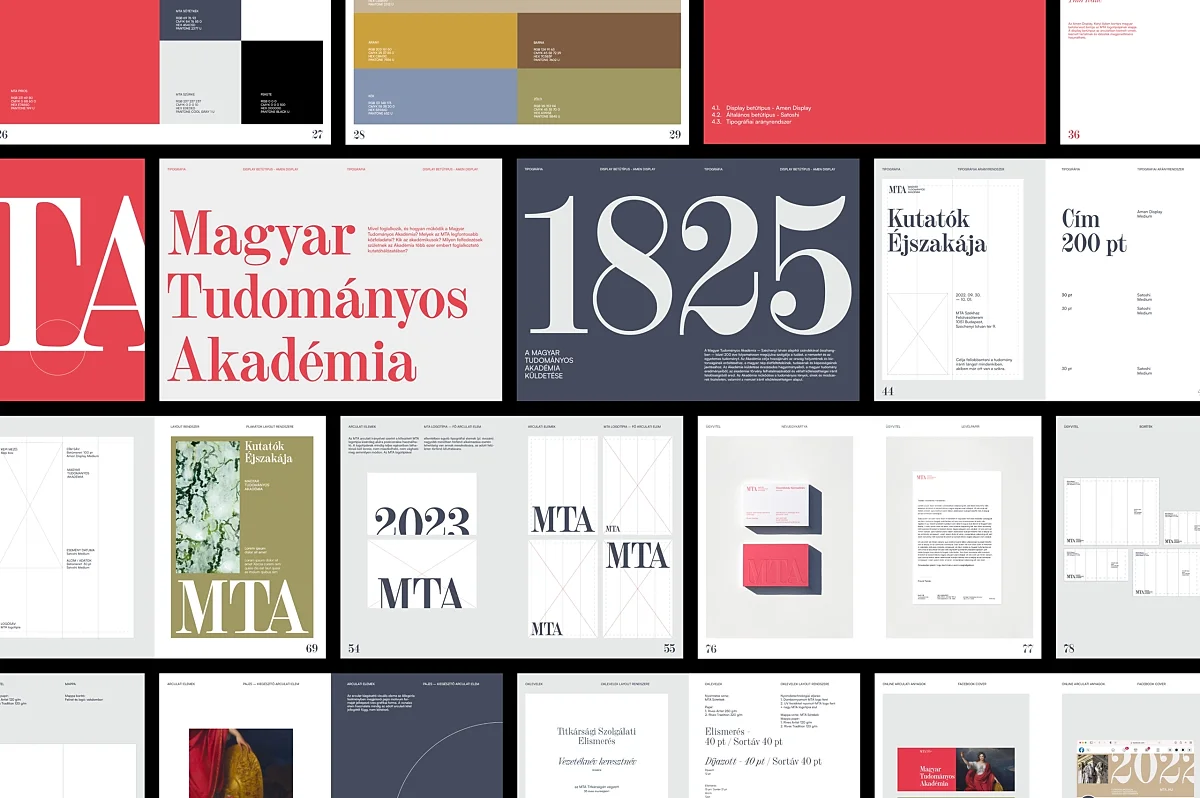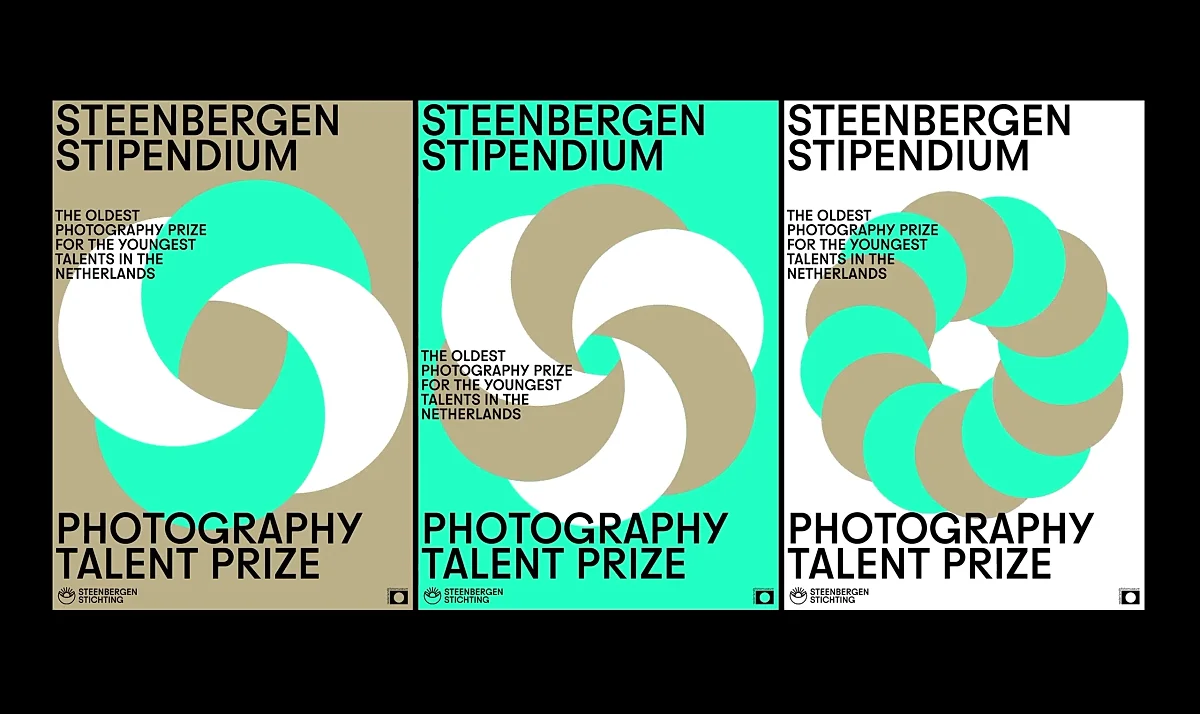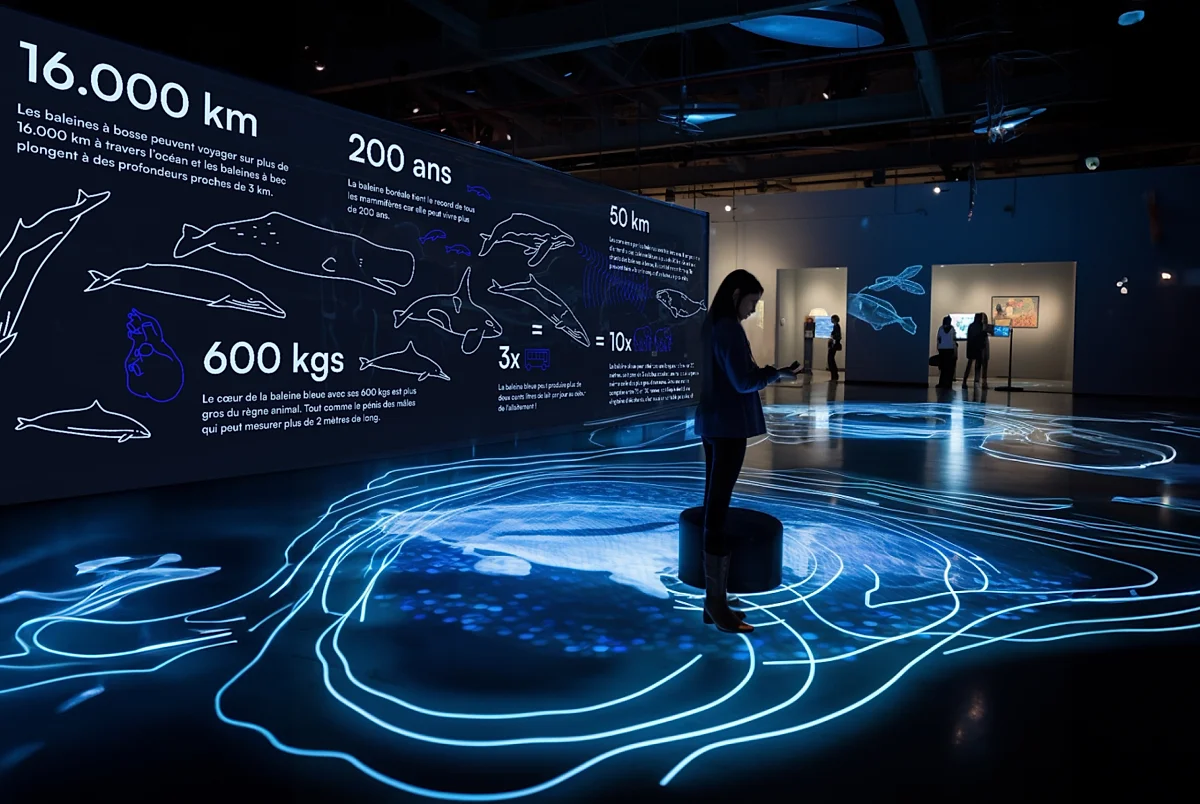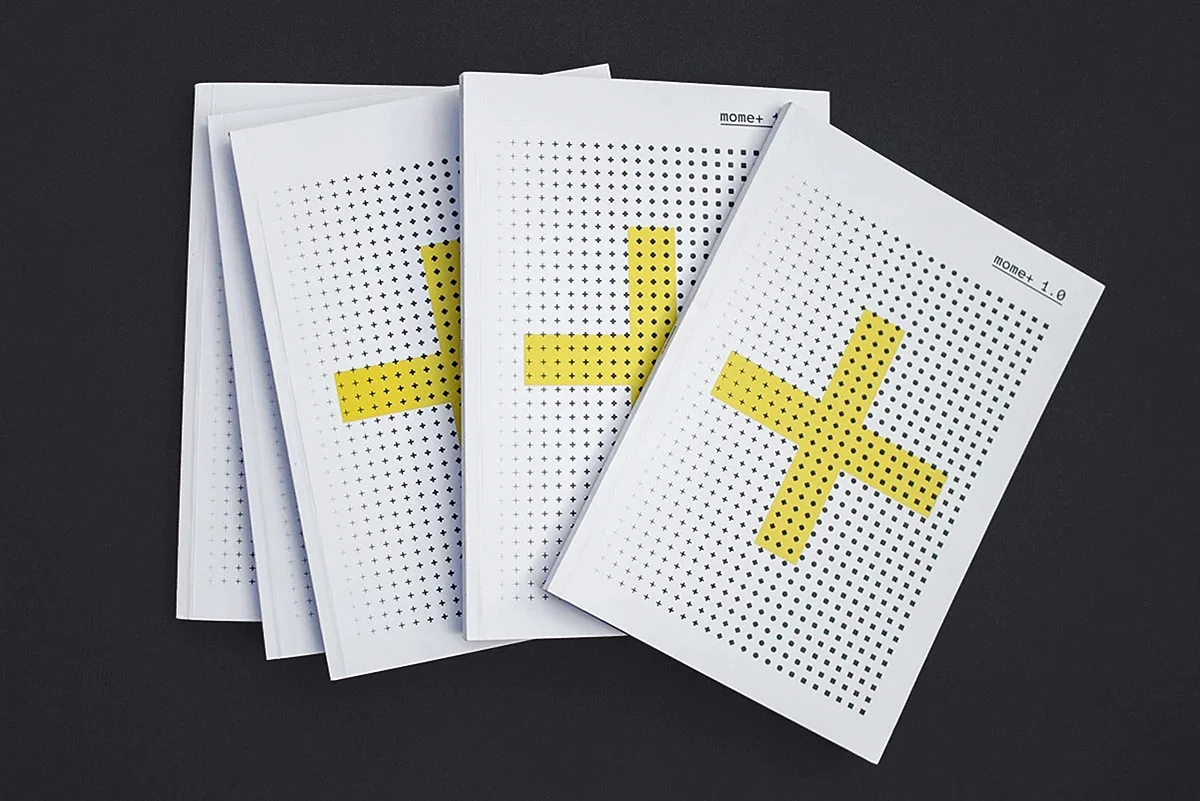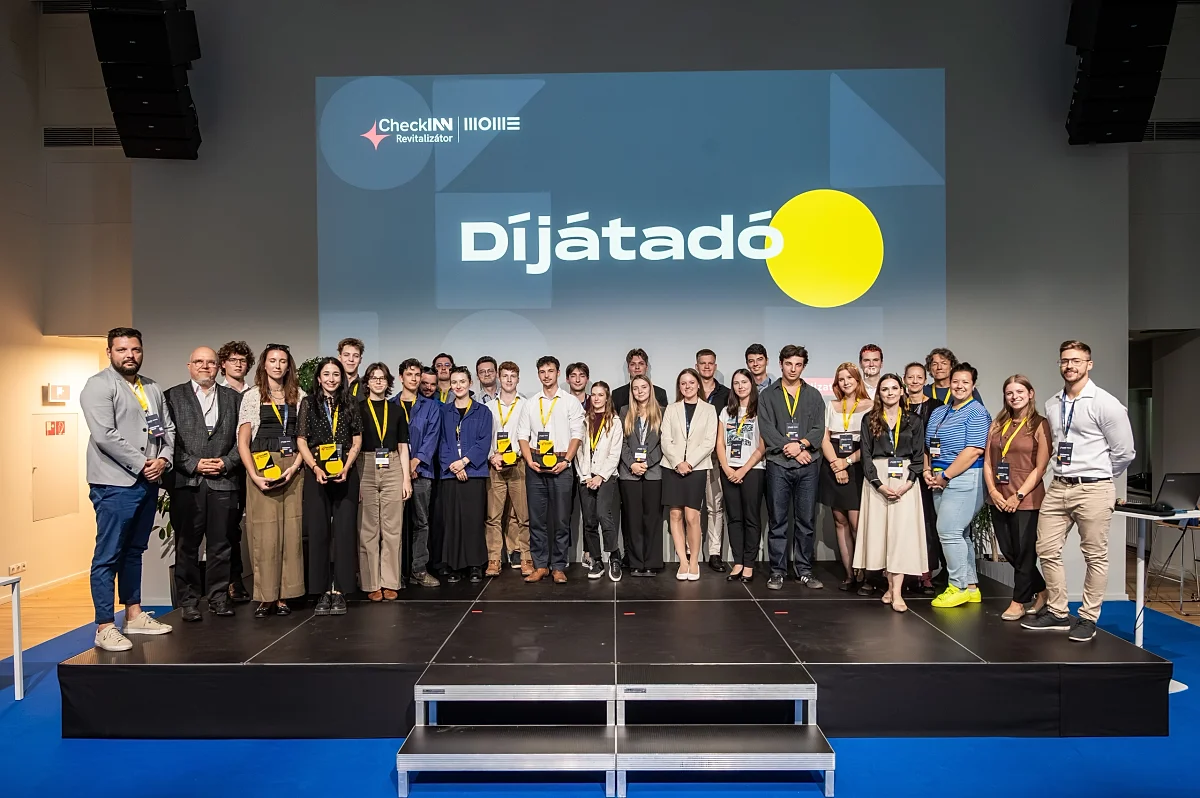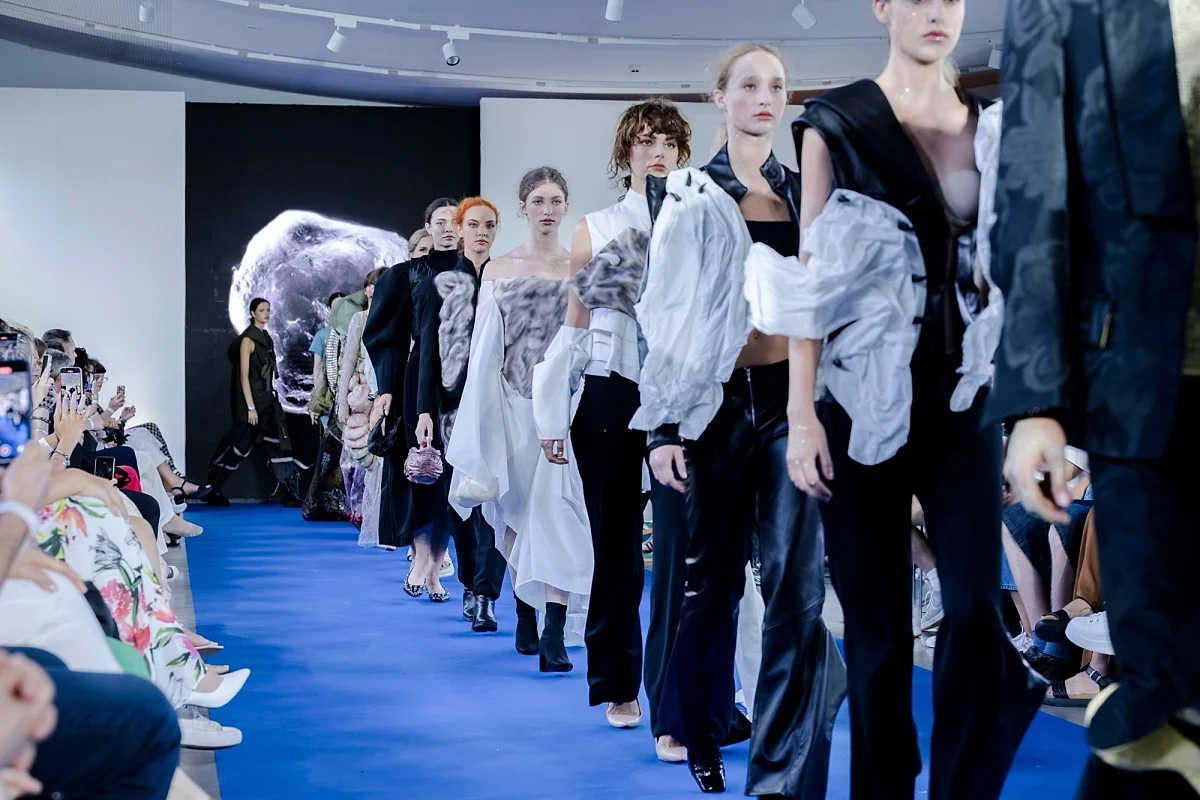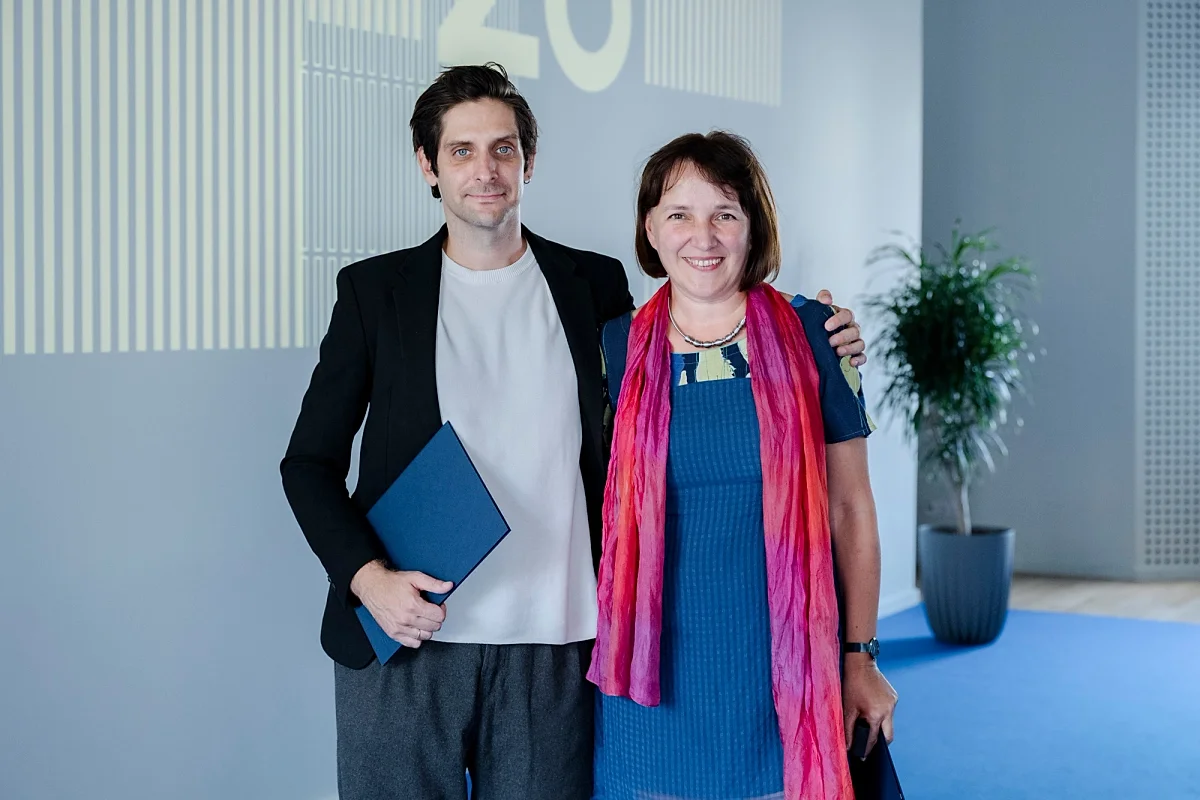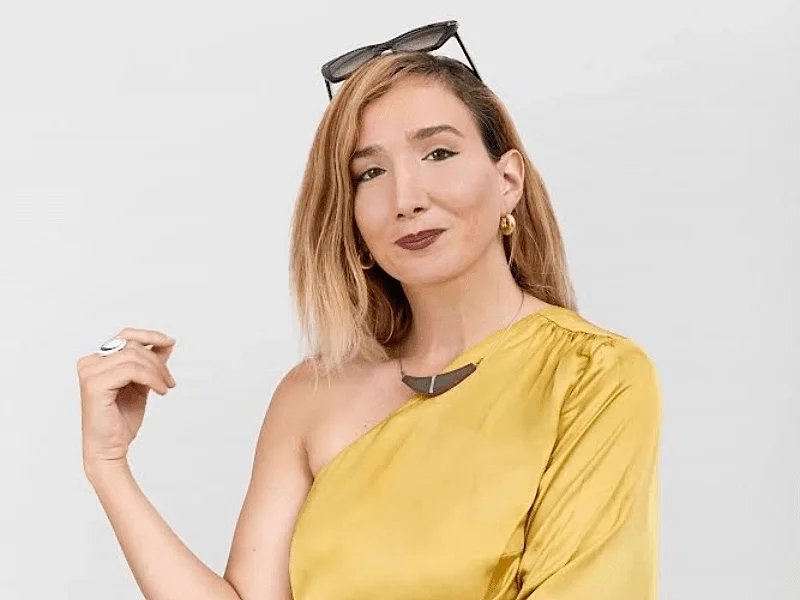
Nóra Demeczky, Designer, MOME Graphic Design alumna
What three words best describe your time at MOME?
Inspiration. Connection. Collaboration.
What did the MOME community give you?
Lifelong bonds. I made friendships and professional relationships that still play a key role in my life today. It also sparked inspiring collaborations and shaped a shared mindset that still connects us today.
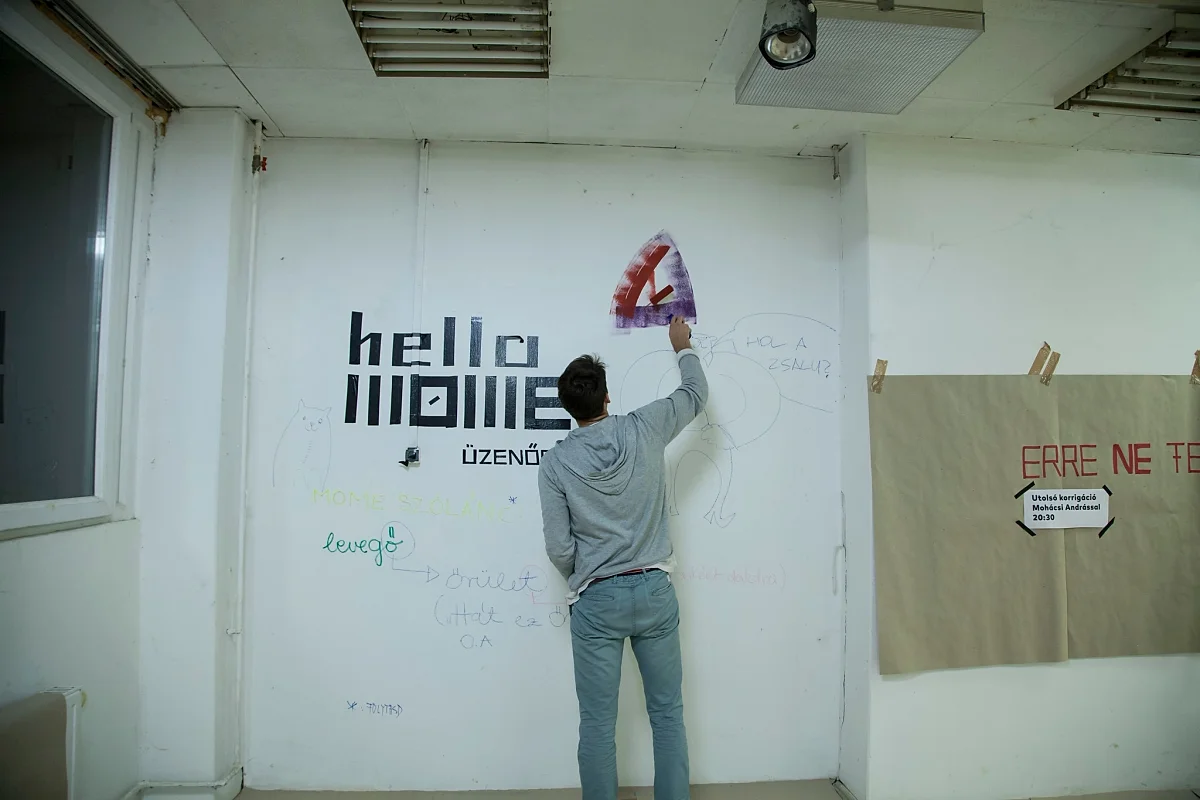
Which university project do you remember most fondly?
I actually have three favourites.
One of them was part of Dóra Balla’s typography course, where we designed fonts and publications inspired by Bruce Mau’s Incomplete Manifesto for Growth. I loved the freedom we were given in shaping type and found Dóra’s perspective incredibly inspiring. We even organised an exhibition around the project, which I helped put together.
Another favourite was Collective Ornamentics, a course led by Imre Lepsényi, which had a lasting impact on how I approach design. It’s also where I met Enikő Déri, with whom I later co-founded DE_FORM.
The third was the campaign we created for MOME’s Open Day, blending digital design with immersive spatial storytelling. I worked on it with Áron Filkey, and the whole process was especially inspiring.
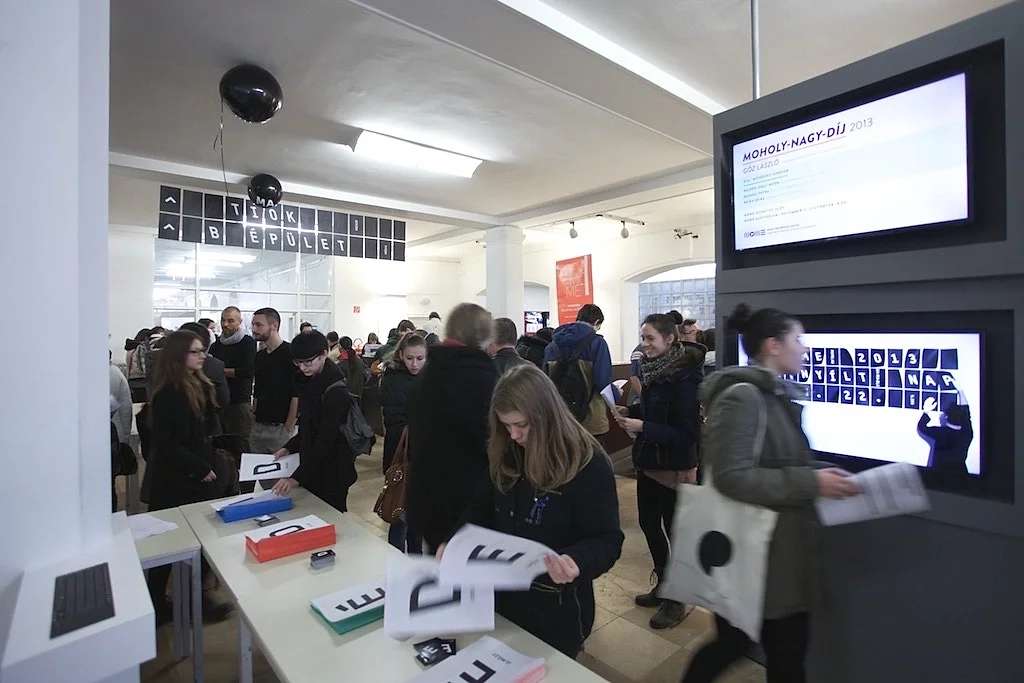
What’s your favourite memory from MOME?
It’s not one specific memory that stands out, but several periods. The most defining moment was realising I was starting to find my own visual language and discovering the group of people I truly connected with. It was during my final year at MOME that I finally felt I was where I belonged.
What advice would you give to your younger self preparing for the entrance exam?
I’d tell myself to keep an open mind, especially when it came to exploring other fields, and to be brave about embracing international opportunities like Erasmus, which I skipped. That said, I gave it everything I had, and I believe that’s key to growth. I’d probably also say: be bold, stay curious, and trust that everything comes in its own time.
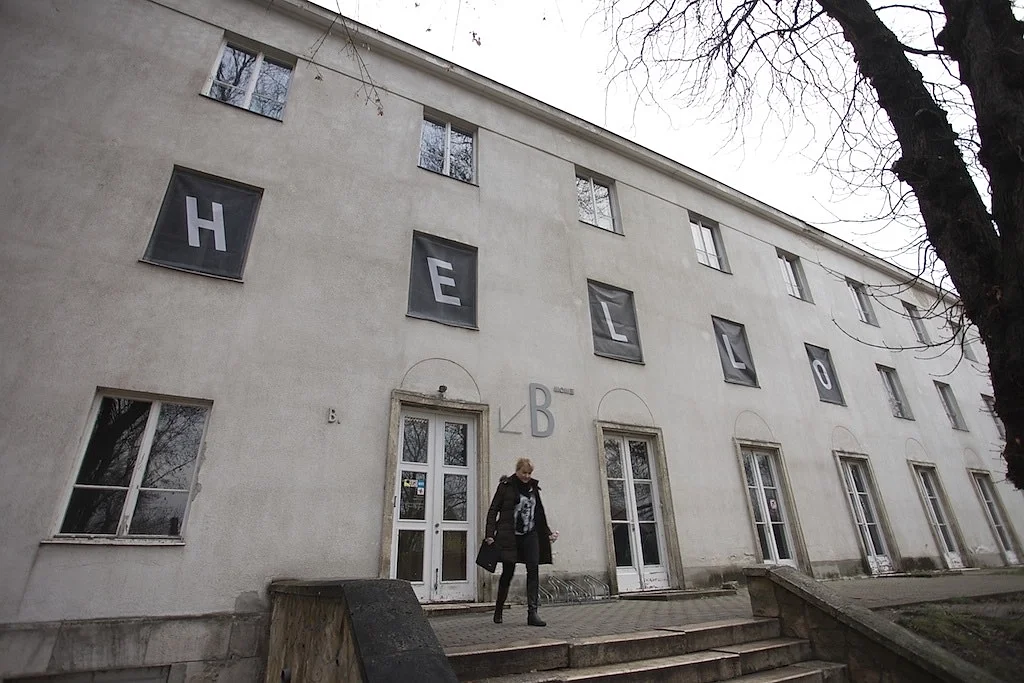
When did you last visit the university, and why?
I’m on campus quite often – we still work with the university on different communications projects. Not long ago, I taught a course called Narrative Spaces, and starting in September, Enikő Déri and I will be teaching on the Graphic Design programme. I also regularly attend the Architectural Matters lecture series, as architecture is something I’ve always been drawn to. I make a point of coming back for alumni parties and community events whenever I can.
What professional achievement are you most proud of since graduating? What made that project so exciting for you?
I am tremendously proud of everything we’ve achieved at DE_FORM. We’ve had the chance to create visual identities for institutions like the Museum of Ethnography, the Hungarian Academy of Sciences and the Steenbergen Stipendium, Holland’s first photography grant.
We also launched a second company called DE_VISION, which focuses on exhibition and narrative space design – something that is particularly close to my heart. It combines conceptual thinking, storytelling, and spatial awareness, all in one creative process.
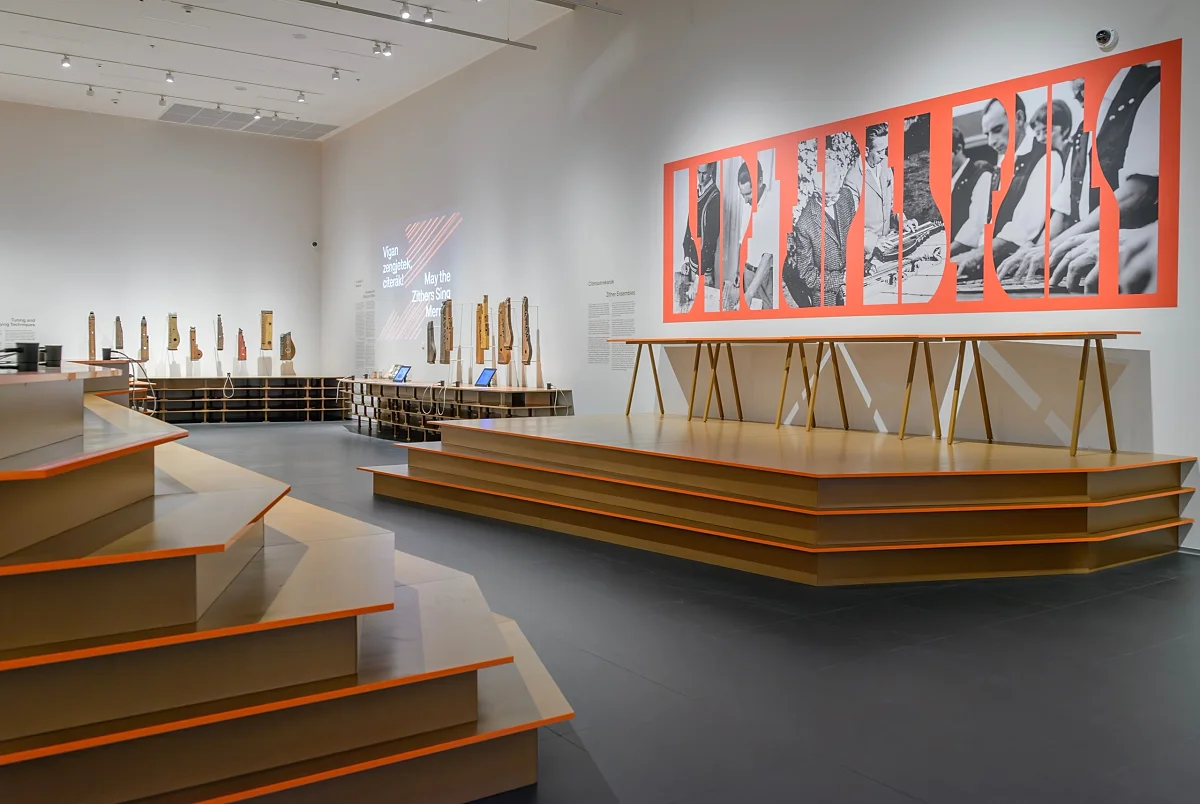
Who would be your dream collaborator?
I’d love to work with international architecture studios – MVRDV and Winy Maas come to mind – on designing public spaces or museums. I find it exciting when space, visuality, and concept develop side by side. Their bold, unconventional thinking is something I deeply admire.
Do you have a secret skill or talent most people don’t know about?
Not sure it’s a secret, but I have a lot of interests and have the capacity to juggle several projects at once. Besides graphic design, I’m equally drawn to spatial and exhibition design. I also care about developing deeper academic knowledge – I’m into teaching, learning, studying languages, and constantly looking for new sources of inspiration. Maybe that kind of openness and intellectual curiosity is my superpower.
What are you working on at the moment? And what part do you enjoy most?
At the moment, DE_FORM has about 10 to 15 projects running in parallel. We’re once again designing the identity for a new exhibition at the Light Art Museum, for the third year running. We’re also creating visual content for the EDGE architectural festival. We’re putting together a book on cultural branding, edited by Júlia Bálint, and working on adapting material from the Narrative Spaces course. Plus, we’re currently designing several exhibitions and visitor centres.
Every phase of a project has something I love, but for me, the concept development stage is the most exciting.
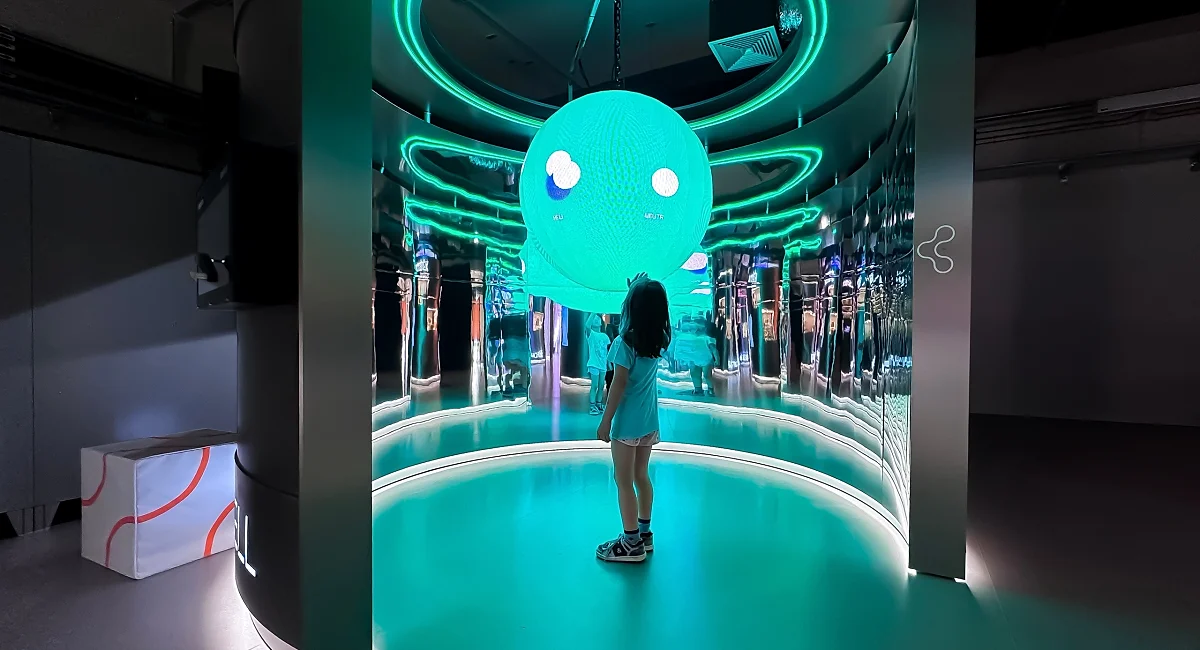
Milyen dolgok inspirálnak a munkádban?
What inspires your work?
I’m most inspired when I discover something new. Whether it’s light art, media art, contemporary interpretation of ethnography, natural or social sciences, or even a new collaborator, every fresh encounter opens up a new perspective. That constant sense of discovery keeps me going.
What helps you switch off and recharge, even during the busiest times?
Recently, painting has become my favourite way to recharge – it’s brought me real joy. I also love travelling, but only when I can really disconnect and do digital detox like going without a phone and being fully present in the moment.
Have you ever had a creative block? What helped you overcome it?
Yes, I have, though I’d call it burnout rather than a block. After a while, I learned how important it is to recognise your own limits and say no when needed. It’s the kind of work that can be mentally and emotionally draining if you’re not careful. What helped me most was learning to prioritise rest and listen to my own rhythm – both physically and mentally.
What kind of music do you listen to while working?
Most of the time, we work in silence. But if someone puts on music and it just stays on, that’s fine too. I enjoy reading while listening to piano music and listening to music that helps me focus. I don’t think you always need music to work, but during more repetitive phases like editing, some high-energy techno definitely helps.
What’s one book that’s important to you?
The Future of the Museum by András Szántó really stayed with me. What he writes about the changing roles of cultural institutions and their responsibilities to society struck a chord. I’m especially interested in cultural communication and how we use space, and the book led me to think more deeply about these issues.
What’s a film that means a lot to you?
As a child, Spirited Away completely blew me away, and I still feel deeply connected to its world.
In terms of cinema, The Square had a huge impact. It’s ironic, funny, and thought-provoking all at once. I love Elisabeth Moss in it, and the way the film comments on contemporary art and social norms is brilliant.
